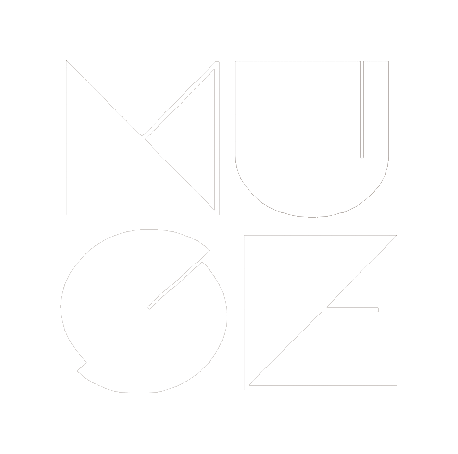Fiddling With Emotions
Illustration by Amelia Tran
It can be either captivating, sweet music or a cat screeching in pain. It took me admittedly long to transition from the latter to the first. My violin would squeak, she would squawk, but I would still put bow to string. After hours of practice, she and I developed a rhythm, a routine, and, more importantly, a tune. It was as if she had become a part of me.
The violin was a reluctant choice I made for a Grade 6 art credit. I would play for 30 minutes in my extracurricular class without heeding the music, the composer’s intentions, or the grand expression. I’d lose patience if the notes were not sounding right. The metronome was simply a ticking noise, continually taunting me for my lack of consistency. And yet, I continued playing. I’d hear opinions about my delayed start, poor teaching, or that prodigies are just born that way. I continued playing.
The violin is often said to be the instrument closest to the human voice. I felt it resembled mine. To me, the violin was a means of speaking in a way unlike any other. It was a chance for me to hear how my own voice sounded. When I played, I’d hear a nervous voice that resembled my fear of being vulnerable in public. It became a love-hate relationship of seeing myself reflected in my violin playing. And like any, it taught me a lot.
Throughout the years, I learned to be patient and take my time. I wanted to be better instantly- to have just mastered it overnight. However, like many beautiful things in life, it didn’t come to me immediately. With time and patience, the violin became second nature. Even if I failed, it meant I would still be trying. It taught me to step outside of my comfort zone and continue to play to willing ears. Expressing vulnerability in the form of G and E flat notes was an unchartered territory. It wasn’t my voice that I was controlling and yet, everyone only heard these notes as an expression of myself. With each out-of-tune note or bad vibrato, I’d still, persist, and place the bow on the strings. It taught me to be resilient and get back up with every fall.
Now, I’ve been on a three-year hiatus from my violin. It sits tucked away in my basement, along with my dance competition medals, my old CDS, and clothes that just don’t fit anymore. I have lost the feeling of how to hold the bow and where to place it correctly on the strings. I’ve lost the dance of moving your wrist in the right way. Is this growing up?
It’s scary to think that such a significant part of your childhood can fade over time. After almost a decade of playing, the violin had become a part of me. The first time that I played a piece on the beloved instrument, I was a shy kid who was scared to make mistakes, or at least, expose them for everyone to notice. I was a perfectionist in its toxic nature. I’d beat myself up for hitting notes out of tune or even playing with a bad posture. Now, I appreciate the process of it all. If something doesn’t sound right, I force myself to go back to the basics and perfect the techniques before I can master the creative.
So, even though, my violin and I have not physically connected in a while, the lessons I learned with it will always be a part of me. The substantial growth I experienced in those seven years- the successes, the failures, and whatnot- won’t be boxed away in my basement. Although it is likely to fall out of touch with a childhood hobby- whether it be a sport, a musical instrument, or even the hula hoop you’d religiously play with- that part of you does not diminish over time. Instead, it is a contribution of what makes you who you are today. And so, I continue to use the lessons I learned from my violin to this day. I get up from each step back with resiliency. I practice and practice even if I don’t get it right the first time. I play my notes with confidence.
At the end of the day, it is never too late to walk down those basement stairs and pick up the violin.

